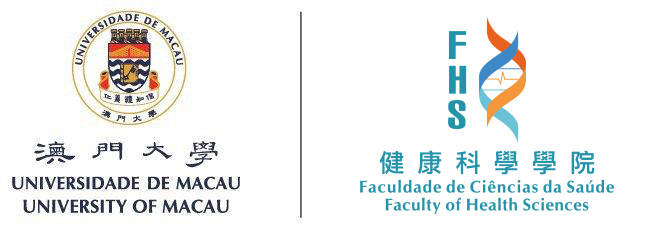A team led by Associate Professor Yunlu DAI in the University of Macau (UM) Faculty of Health Sciences (FHS) has made a breakthrough in refining gliomatous T cells for metalloimmunotherapy against glioblastoma, which is an aggressive, malignant grade IV brain tumour severely threatening human health. Cooperating their T-cell-remodeling magnesium-phenolic nanoeditor and anti-NK1.1 antibodies, an antibody reducing T-cell exhaustion, can shrink brain tumours and prolong the mouse survival. This strategy broadens the horizon of glioblastoma treatment to metalloimmunotherapy and holds promise for clinical investigation. The study has recently been published in the internationally renowned journal ACS Nano.
At least 30% of the glioblastoma microenvironment (GME) is occupied by M2-like immunosuppressive macrophages, which recruit regulatory T cells and cause cytotoxic T lymphocyte (CTL) dysfunction. Repolarizing M2 immunosuppressive macrophages to the proinflammatory M1 phenotype was thought as a fundamental strategy to tackle GME immune resistance. However, glioblastoma seizes the organism’s immune tolerance behaviour to induce low T-cell receptor (TCR) affinity and high immunoinhibitory marker (e.g. newly identified NK1.1) expression for CTL unresponsiveness. The key to problem-solving lies in the functionality of gliomatous CTLs.
Metalloimmunology displays powerful abilities for modulating T cells against cancer. However, most metal ions can induce neurodegenerative diseases due to the brain physiological characteristics, thus confining the application of metalloimmunology on glioblastoma treatment. Unlike other metal ions, magnesium ions (Mg2+) supplementation substantially benefits neuroprotection and brain health, which is also determined to reshape T-cell effector function via stimulating the T-cell receptor (TCR) downstream signals. Employing Mg2+ as a cenogenetic immune adjuvant to fortify the functionality of the ingoing CTLs recruited by M1-like i-GAMs is expected to redress the gliomatous CTL sparsity and cytotoxic dysfunction concurrently.
Hence, the research team synthesised an amphiphilic polyethylene glycols (PEG) polymer that consisted of choline analogue 2-methacryloyloxyethyl phosphorylcholine (MPC) and pyrocatechol moieties to coordinate Mg2+ and encapsulate macrophage-repolarizing BACE1 inhibitor (MK-8931). MPC units guaranteed sufficient intra-glioblastoma accumulation. Next pH-responsive released MK-8931 repolarized macrophage to promote gliomatous CTL infiltration. Mg2+ subsequently remodeled the cytotoxicity of gliomatous CTLs. Moreover, CTL killing could be further persisted by additional anti-NK1.1 antibody blocking. Such a nanoeditor may broaden the horizon of glioblastoma treatment to precise metalloimmunotherapy, especially on quantity- and quality-oriented CTL-potency regulation.
Prof. Yunlu DAI and FHS Research Assistant Professor Bei LI are the corresponding authors of the study, and Postdoctoral Fellow Wenxi LI and PhD graduate Hao TIAN are the co-first authors. Others who have contributed to the study include PhD students Ziliang YAN and Xinying YU, as well as members of the Biological Imaging and Stem Cell Core, Genomics, Bioinformatics and Single Cell Analysis Core, Animal Research Core in FHS. This work was supported by the National Natural Science Foundation of China (File no.: NSFC32222090, 32171318 and 32101069), UM (File no.: MYRG2022-00011-FHS), the University of Macau Development Foundation (File no.: MYRG-GRG2023-00013-FHS-UMDF), FHS, Ministry of Education Frontiers Science Centre for Precision Oncology, UM (File no.: SP2023-00001-FSCPO) and the Science and Technology Development Fund, Macao SAR (File no.: 0103/2021/A, 0002/2021/AKP, 0133/2022/A3, 0009/2022/AKP and 0006/2023/ITP1). The full version of the research article can be viewed at https://pubs.acs.org/doi/full/10.1021/acsnano.4c13388.


